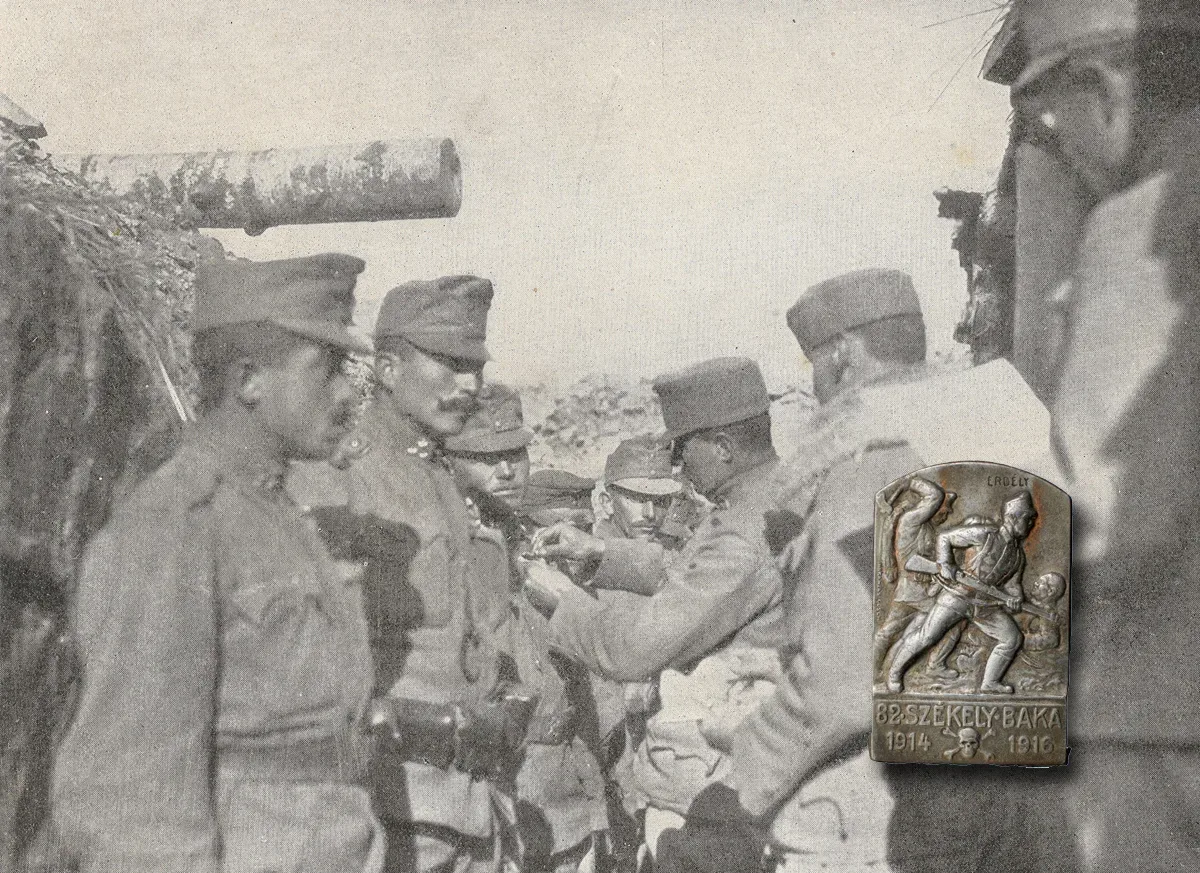October 1916: counterattack on Romania
In the summer of 1916, after a long hesitation, Romania saw the moment to enter the Great War. The Germans were pressed by the British at the Somme, and the Austro-Hungarian forces in Galicia by Brusilov’s attack. But the long negotiations of the Romanians with the Entente delay their action in the end. By the time they finally made up their minds to carefully and cautiously march to the passes of the Carpathians, the first Austro-Hungarian troops had already begun to arrive alongside the ex officio gendarmes and border guards stationed there. They were transferred from the Eastern Front in a heavily disordered state. The reinforcements continued even after the start of the Romanian attack, and German troops also appeared to defend Transylvania. The Romanian attack petered out in a few weeks before the Maros river line. In October, the large-scale counterattack began, which not only swept the invaders out of Transylvania, but also reached the Romanian capital by December. Romania then capitulated.
Many Austro-Hungarian troops participated in the defense of Transylvania. In this post, I am writing about the activities of the 82nd Infantry Regiment in October. The regiment was almost completely destroyed during the Luck breakthrough, and had to be reorganized. The Székely regiment, which was being organized, fought against the Romanians with amazing strength and dedication in defense of its homeland, its own place of residence. Six march companies were sent from Székelyudvarhely already in mid-August to replenish the regiment. The regiment became part of the newly formed 71st Division. Thus, at the beginning of the Romanian attack, on August 27, the regiment was already in position defending the Törcsvár pass. The month of September passed in the middle of the raids that slowed the invaders’ attack, orderly retreat and rear-guard battles. The turning point took place on September 26 near Nagyszeben. General Arz’s 1st Army and Falkenhayn’s German Southern Army launched a counterattack. On the 28th, they broke through the Romanian lines and cut off the retreat of the Romanian 1st Army in the Carpathian gorges. From October 1, the 82nd Infantry Regiment joined the pursuit of the retreating Romanians by crossing the Olt River. On October 11, the regiment entered the recaptured Kézdivásárhely. The regiment continued to advance in an eastern direction in the valley of the Úz river. On the 13th, they reached the state border, occupying the Magyaros hill. On the 14th, the Romanians were driven out of the Ojtoz Strait too. The regiment captured the mountain Runcul mare on the border.

The enemy’s defenses on the Romanian border then consolidated. The military leadership stopped the further advance. Instead, the main force was ordered to attack Bucharest in a southerly direction. The Romanians in the Eastern Carpathians tried to put pressure on the units of the Monarchy in order to ease the attack on their capital. The activity of the 82nd infantry regiment was then aimed at tying down the Romanian offensive forces and holding the acquired positions. In October, the 71st Division was hit by a series of Romanian attacks on and around the Runcul mare mountain. On the 23rd, the Romanians managed to capture the mountain. On the 24th, the counterattack of the 82nd was personally led by the regimental commander, Lieutenant Colonel Kornél Papházy. The lost positions were recaptured in a two-day battle.

On the map attached to the post, we see the outline of the counterattack. The 82 Kappenabzeichen was produced by the Arkansas company. The battle scene on the badge may even depict the recapture of Runcul mare. This is what the inscription “Erdély” (Transylvania) above may refer to.




